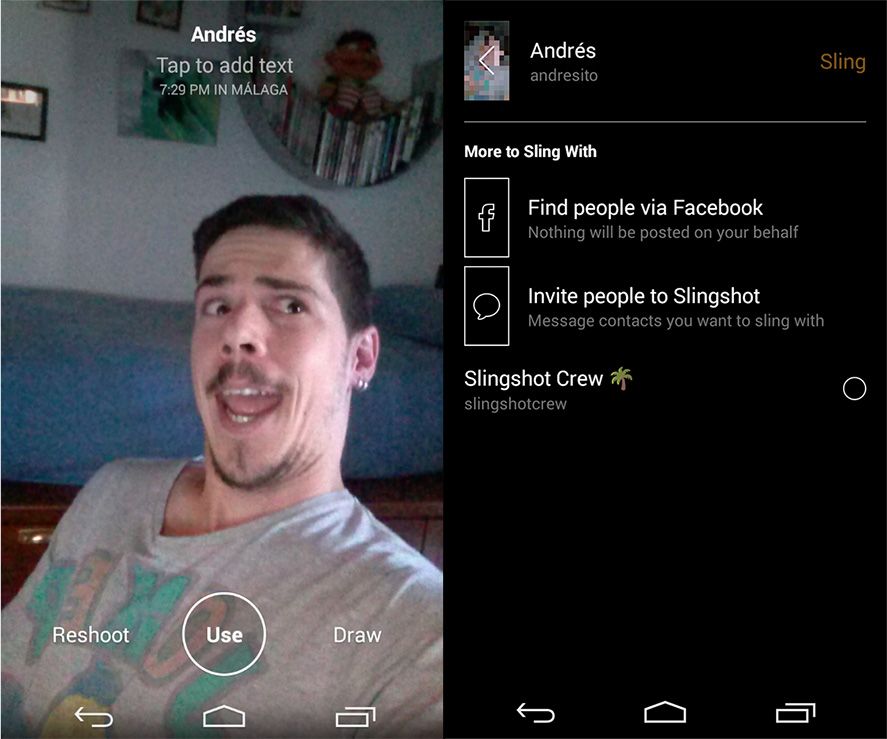Recently, Facebook has confirmed that users will have to download Facebook Messenger to use the instant messaging service that till now was integrated into the official app. This is the umpteenth attempt by the company to divide its services into several independent apps, although in most prior cases good results have eluded them. Here we review Facebook’s record of attempts to penetrate the mobile market with apps separate from their main client.
- Facebook Camera: May of 2012 saw the launch of this clone of the popular photo-sharing app Instagram. We’re not quite sure what the company was thinking, because a month later, Mark Zuckerberg’s company announced the acquisition of Instagram itself for one billion dollars. From there, Camera floated in the limbo of unsupported apps until it was removed from the App Store and Google Play in May of this year.
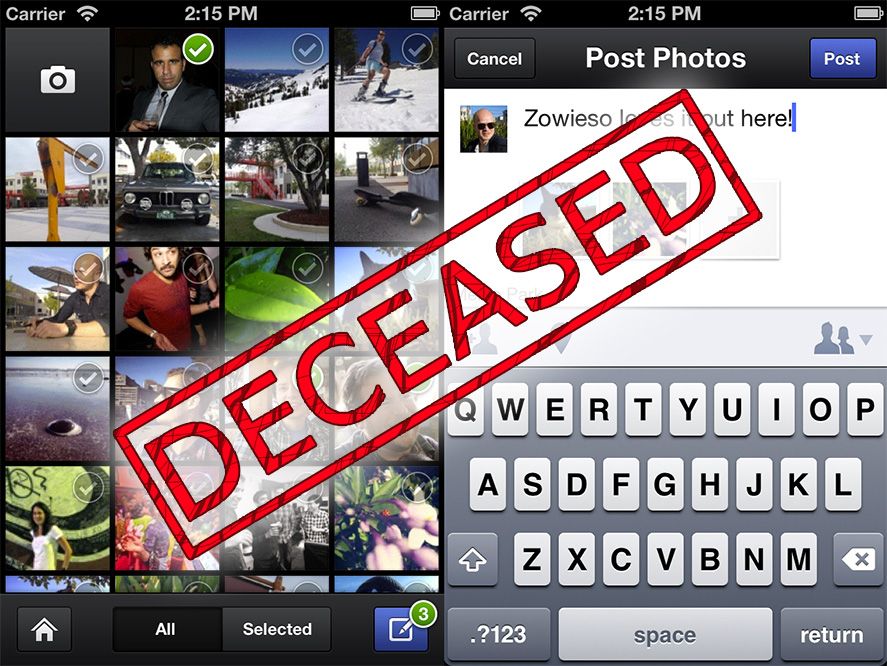
- Poke: Another clone, this time of Snapchat, the app to send messages and images that disappear after a short time. This business of replicating apps seems to be a piece of cake, given that according to Blake Ross, Facebook’s product director, Poke was developed and launched in just 12 days. Taking into account that App Store validation doesn’t happen instantaneously, did they do it in a couple of afternoons, then? Incidentally, Ross left Facebook two months later, and Poke was withdrawn alongside Facebook Camera a few months ago. The problem is that in this case they didn’t manage to buy the company they were trying to compete with.
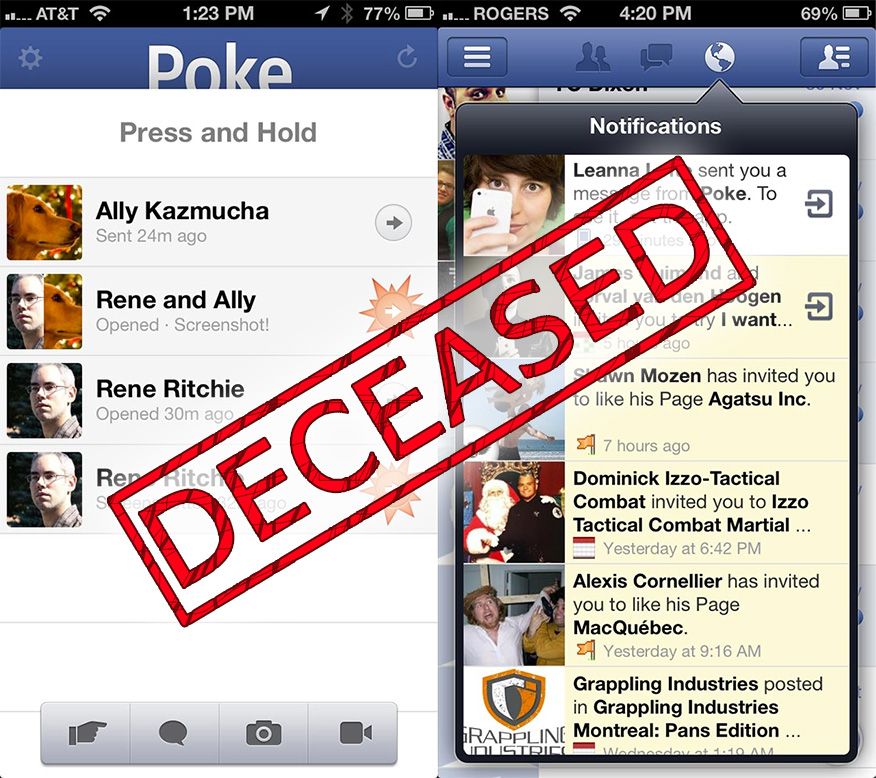
- Home: We’ve already seen that Android launchers are on the rise, and everybody is jumping on the bandwagon to create custom smartphone interfaces. In April 2014 Facebook Home was released, a layer of customization that centered the user’s smartphone experience on the Facebook ecosystem. A rating of less than 3 out of 5 on Google Play has left the app in oblivion, and projects like the HTC First smartphone with Home installed by default were discontinued just a few months after their launch. At the moment it’s been some seven months since the app was updated.
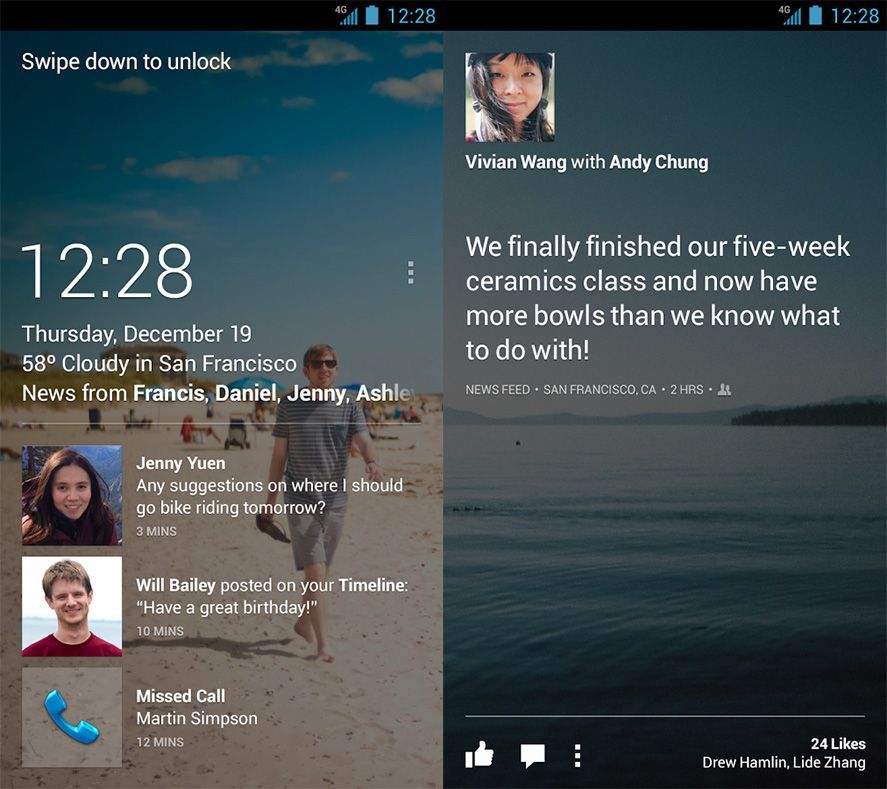
- Facebook Messenger: In August 2011 the first version of Messenger for Mobile was launched and would a few months later morph into Facebook Messenger, following the acquisition and complete transformation of the Beluga group-chat service. Little by little, Messenger has managed to make a dent in the marketplace, to the point that it is now among the Top 3 instant messaging apps at the global level. It now exists totally autonomously and does not require access to Facebook for its operations (hence the title of this post). And now that they’ve finally excelled with a project that can sustain itself, they go and buy WhatsApp.
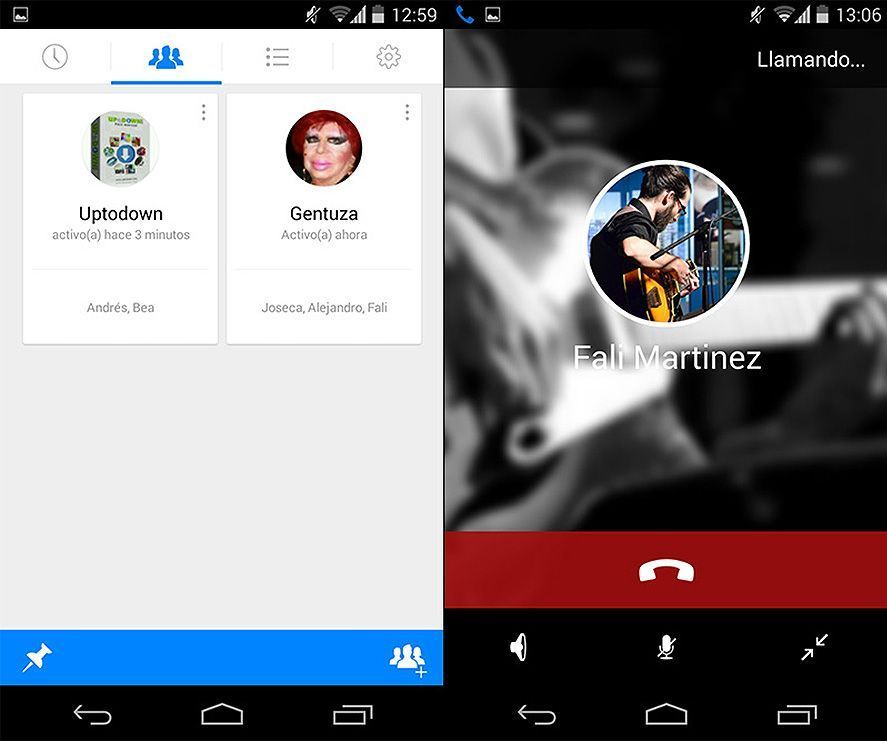
- Slingshot: Seemingly having not gotten their fill with Poke, Facebook last month released another, similar app with a different name. Although the idea is again to compete with the successful Snapchat, in this case the messages will not self-destruct after a certain time, and instead the receiver can view them for as long as she wishes. In addition, it’s connected to your Facebook account and the contacts lists principally covers your phone contacts instead of your friends list on the social network. Good things come in threes, right?
